#Statistics
Auto Loan Delinquencies Reach Record Levels
Delinquencies on automotive loans have surpassed the recession-era highs witnessed in 2009, according to an assessment released by S&P Global Mobility on Monday. Fortunately the wealthy will be largely unaffected by this trend, as the issue is isolated primarily to subprime borrowers. For some strange reason, people with more money are having less trouble paying their bills on time.
Report: 50 Million U.S. Cars Still Subject to Recalls
The latest data from Carfax has indicated that roughly 50 million U.S. vehicles presumed to still be in operation still have outstanding recalls that have yet to be addressed. Though the good news is that this represents a 6 percent decline from 2021 and a meaningful 19 percent drop against 2017.
Still, the metrics may not be wholly down to better communication on the part of the manufacturer and people taking recall notices more seriously. Between 2013 and 2015, the average number of U.S. vehicles and equipment subjected to recalls per year went from 26.3 million to 83.6 million. While the annual averages have come back down since, recalls have remained substantially higher than in decades past.
Why Are Traffic Deaths Increasing While People Are Driving Less?
The latest data from the National Highway Traffic Safety Administration (NHTSA) is confirming what local agencies have already been suggesting. Last year represented another sizable increase in U.S. roadway fatalities, pitching up by 10.5 percent over the elevated death rate witnessed in 2020. The agency has estimated that 42,915 people were killed in 2021, whereas 2020 resulted in 38,824 fatalities — a 7.1-percent increase over the declines seen in 2019. While the current situation is not nearly as bad as the rates witnessed during the 1970s, this still represents the highest per capita fatalities in sixteen years and everyone is trying to get a handle on why.
Traffic deaths have been on the rise since the start of the pandemic, confusing everyone who counts crashes because the supporting data also shows that there was a lot less driving being done during the period. Historically, years where people are disinclined from hitting the road due to a beleaguered economy tend to represent far fewer traffic-related fatalities. We can see this happening in 1942 when the U.S. braced itself to enter World War II by rationing everything from fuel to rubber. Another glaring example takes place in 1932, as the nation reached the darkest point in the Great Depression. In fact, there are very few examples of per capita improvements in on-road deaths from the pre-war period, and those that do exist coincide directly with economic recession.
Auto Theft Becomes Fashionable Again, Most Stolen Vehicles of 2020
Car theft has been trending downward over the last couple of years. According to data from the Insurance Information Institute, 2019 represented a 4-percent decline in thefts across the United States vs the previous annum. But things look even better when you zoom out. The Federal Bureau of Investigation estimates that automotive transgressions have fallen by 64 percent since 1993, mimicking the general trajectory of property and violent crimes within that timeframe.
Unfortunately, crime is back on the rise and vehicle theft is coming along for the ride. Let’s explore the how and why before determining if your personal ride happens to be a preferred target. Then we’ll get into what you can do about it because the latest statistics are pretty disheartening.
Pedestrian Deaths Ballooned Against Miles Driven Last Year
The Governors Highway Safety Association (GHSA) released the latest data pertaining to U.S. pedestrian fatalities — indicating that the largest-ever annual increase since we started keeping track in 1975. While the data is preliminary, the association estimated there were 6,721 pedestrian deaths in 2020. It’s a 4.8 percent increase over 2019 and not all that impressive until you realize most people basically gave up their normal driving routine during lockdowns. According to the GHSA, adjusting for miles driven actually results in an annual increase of 21 percent.
It’s genuinely creepy and kind of perplexing with everyone staying isolated. But we’re not going to recommend you start wearing high visibility jackets whenever you leave your home because the mathematical likelihood of being crushed by an automobile remains incredibly low.
Subprime Auto Market Looking Extra Rough in 2021
The subprime auto market looks to be in poor health as the number of borrowers with outstanding loans that are more than 60 days overdue continues increasing. While the number has a tendency to rise and fall between seasons, the general trend toward indebtedness has been going up since 2015, with increasingly more customers boasting lackluster credit scores becoming incapable of footing their transportation bill.
Delinquencies skyrocketed in 2020, as government lockdowns pushed many out of work and now appear to be increasing due to a recovery plan that primarily seems to be serving cooperate interests and the wealthiest socioeconomic classes. Though it should be said that middle and lower-class families had been losing ground for decades, at least according to the latest Pew Research data. Pandemic-related complications only served to accelerate the existing financial disparities on all fronts. We are now on course for poorer people to have even less money moving forward, especially in the world’s most developed countries.
I wonder why so many people are defaulting on their car loans…
Study: U.S. Driving Distances May Have Already Peaked, What About Ownership?
North America has changed immensely under the pandemic. The government tested what it could get away with under the premise of health-and-safety-related lockdowns; countless small businesses have gone belly up while larger entities seem to be thriving. Meanwhile, we’ve been informed that nature is returning to urban environments as humanity forced itself to stay indoors. Waters cleared, the air was purified, and animals ventured deeper into our territories while we sheltered in place. It was if Homo Sapiens had finally been demolished, providing Mother Earth a prime opportunity to patch herself up.
For a time, there was even a period where you could enjoy open, nearly enforcement-free roadways. Some cities, including mine, saw traffic declines in excess of 40 percent during the opening weeks of the virus response. While this ended when New York City brought in those temporary (and wildly unpopular) quarantine checkpoints at major crossings and attempted to open up for commerce, it still seems like far fewer individuals are driving overall.
That’s because there are. People just don’t need to venture out of their homes as much in 2020 and it is not just the lockdowns contributing to this change. Ordering items online has played a major factor, as does the increased reliance on at-home entertainment. In fact, a new study has suggested Americans may never drive as much as they did just a decade ago. This seems especially likely with so many companies encouraging office-based employees to continue working from home indefinitely, flushing millions of daily commutes down the proverbial toilet.
Los Angeles Car Crime Reaches Record High
Los Angeles car thefts hit record highs in the second quarter of 2020, with some claiming the matter is the direct result of the coronavirus pandemic. Despite LA being infamous for car crime, the general trend over the last decade was a downward one — until very recently. A report from the USC Annenberg School for Journalism’s non-profit analysis publication Crosstown analyzed data from the Los Angeles Police Department, citing a 57.7-percent uptick in vehicle theft between April and June against the same period in 2019.
COVID-19 was theorized to have only been part of the problem. While the study notes that lockdown measures meant more vehicles sitting around unattended for longer periods of time, making them tempting targets for thieves, it also references the California Judicial Council’s passing of new zero-dollar bail policy as a contributing factor. Enacted in April, Los Angeles County District Attorney Jackie Lacey said the measure was taken so courts could set individual bail for those accused of looting. Meanwhile, most non-violent crimes (and some low-level felonies) are supposed to be bail-free, allowing jail populations to be kept at a minimum during the pandemic.
Roads Aren't Nearly As Empty As You'd Think, Which Shouldn't Come As a Surprise
Following two weeks of unseasonably cold weather that seemed to put spring on hold, Saturday was a gorgeous day in this writer’s city. Warm temps, endless sunshine, and a pandemic that compelled public health officials to tell everyone to stay indoors for the fifth weekend in a row. Or was it the sixth? Time feels more fluid than it once was.
Anyway, yours truly was on the road, seeking an escape from humanity. With too many potential walking or running spaces overrun with people or, oddly, closed off for public safety, I realized I needed to go further afield to distance myself from this constrained, antsy populace. And so I hopped on the highway… and found myself driving in a near-normal level of traffic for the first time since this all began.
Was everyone being an asshole? Was I?
Chinese Auto Market Still Struggling, but There's Good News for Japan
China’s car market, officially the world’s largest, is bracing for its second year of negative growth. November was the fourth consecutive month of declining year-over-year sales, representing an improvement from October despite volume dropping 4.2 per cent below last November’s tally. Unfortunately for China, the downward trend has not been the exception, but the rule.
According to the Hong Kong based South China Morning Post, the China Passenger Car Association (CPCA) was hoping for better. “The market failed to live up to expectations of a strong rebound in November,” said Cui Dongshu, secretary general of the CPCA. “Consumer demand remained weak as people are reluctant to spend on big-ticket items due to worries about a bleak economic outlook.”
This matters in the West because domestic manufacturers have bent over backwards to try and improve sales within the region, expending no small amount of energy or capital in the process. China’s citizenry are also changing their tastes to cope with a weakening economy, and it would be wise to look at the choices they’re making.
Americans Might Not Even Buy 1.4 Million Midsize Cars This Year; Market Share Down By Half Since Recession
Remember the midsize sedan death watch?
When TTAC introduced the series, Americans were still acquiring over 2 million midsize cars per year. That fact, the 2M+ aspect of the segment and the 1M+ nature of the top models, combined with the category’s 12-percent market share, caused many readers to doubt the possibility that any other intermediate sedans would ever bid farewell.
Others have, of course, fallen by the wayside. Joining the long-lost Mercury Milan, Pontiac G6, Saturn Aura, Suzuki Kizashi, Mitsubishi Galant, and Dodge Avenger in that great midsize parking lot in the sky are cars such as the Chrysler 200 and Ford Fusion. The Chevrolet Malibu is not long for this world.
Meanwhile, sales of the remaining midsize cars continue to tank. The notion that America’s midsize segment is a reliable provider of more than 2 million units per year is now cast by the wayside. Americans are likely to purchase and lease fewer than 1.4 million midsize cars in 2019. That’s 15-percent fewer midsize cars than Americans drove home in 2009 during the depths of the Great Recession.
U.S. Road Fatalities Declined in 2018
The National Highway Traffic Safety Administration announced Tuesday that American traffic deaths declined for a second year in a row in 2018. Data indicates a 2.4 percent decline in roadway fatalities last year, with bicyclists and pedestrians being the only groups to see risk moving in the wrong direction.
“This is encouraging news, but still far too many perished or were injured, and nearly all crashes are preventable, so much more work remains to be done to make America’s roads safer for everyone,” said U.S. Transportation Secretary Elaine Chao in a statement.
The DOT/NHTSA attributed improving automotive safety systems as the primary reason for the decline in deaths, though some of the metrics included in the report’s breakdown suggest other factors could be at play.
NHTSA Estimates Minor Improvement in Roadway Fatalities for 2018
The National Highway Traffic Safety Administration has released its preliminary report on how many people died on U.S. roadways in 2018, indicating that overall traffic deaths had likely fallen by 1 percent. While the information doesn’t exactly justify a party, it’s good news after the last few years attempted to provide new footage for the Red Asphalt series.
As the first major spike in traffic deaths since the “Swinging Sixties,” 2015 freaked everyone out a bit. Save for a few annual hiccups, American traffic deaths (contrasted with its population) had been on the decline for decades. However, by the end of 2016, things looked certain — it was becoming less safe to drive in the United States.
Parents Are Buying Loads of Cars for Their Adult Children
It looks as though more parents are increasingly paying for the transportation needs of their (sometimes very old) children.
Thanks largely to abandoning the important job of parenthood, a Bank of America survey a discovered small portion of adults between age 23 and 37 are now able to put away legitimate savings. However, the prevalence of student debt, low-paying jobs, and an increased cost of living has left many to continue scrimping and saving. In fact, most Millennials under 24 had less than $1,000 in their savings accounts, with nearly half having no savings at all. The former was also true for older members of the same generation. On average, it’s presumed that Millennials are earning 20 percent less than their Boomer parents at the same stage in life — despite being better educated, overall.
That’s causing future issues for the automotive industry. When Bankrate surveyed Americans to get their financial priorities on record last month, 23 percent of respondents specified that student-loan debt directly influenced their decision to delay purchasing a new car. Considering both monthly payments are frequently set to the tune of hundreds of dollars, that would make a lot sense.
Why Are Fatal Hit-and-run Accidents At an All-time High?
Roadway fatalities have been on the decline relative to population since the 1970s. However, the safest year on record since car ownership became commonplace was actually 2014. Deaths spiked in the following two years, with a very modest decline in 2017. While some of the increase can be attributed to more people driving more miles than ever before, accounting for both elements still results in a higher overall rate of fatal incidents.
Hit-and-run statistics mimic this trend, with 2,046 pedestrian deaths reported in 2016. It’s not the total number that’s alarming — it’s the rate of increase, too. The AAA Foundation for Traffic Safety now claims hit-and-run fatalities are becoming a serious issue; reported incidents within the United States have seen a 60-percent increase since 2009. In fact, they’re the highest they’ve been since the NHTSA started keeping track in 1975.
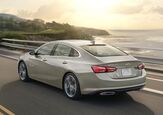



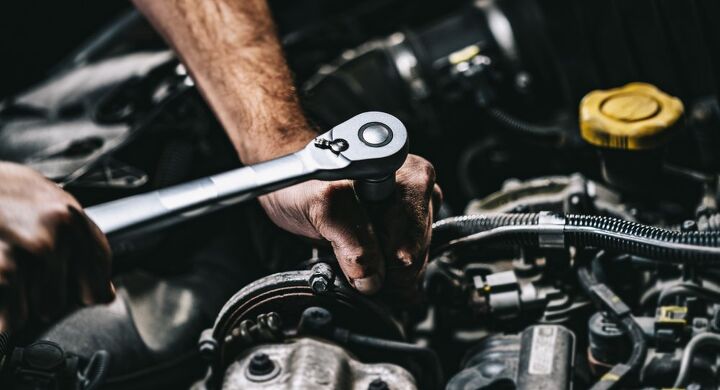
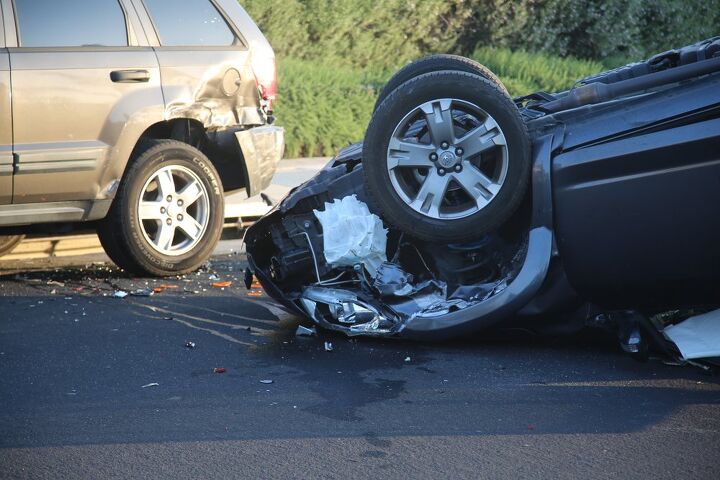




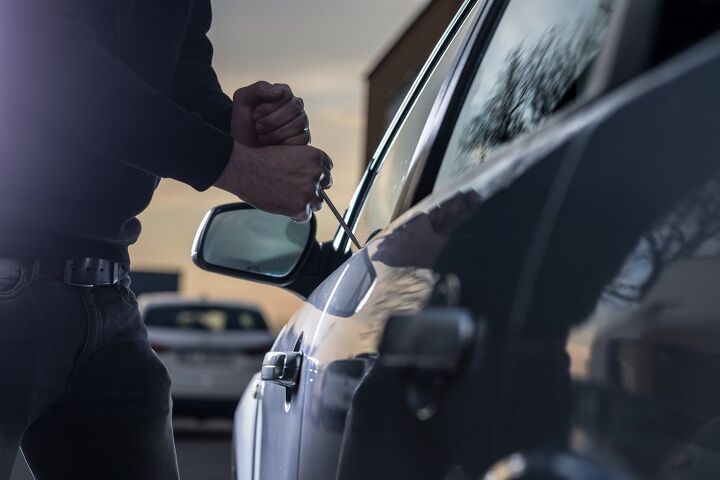





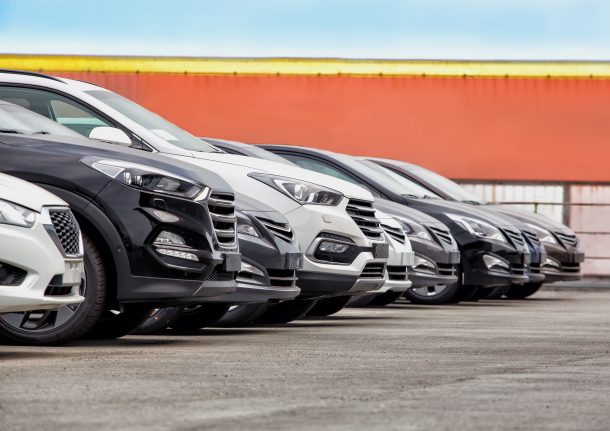

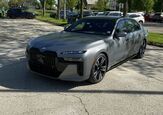











Recent Comments